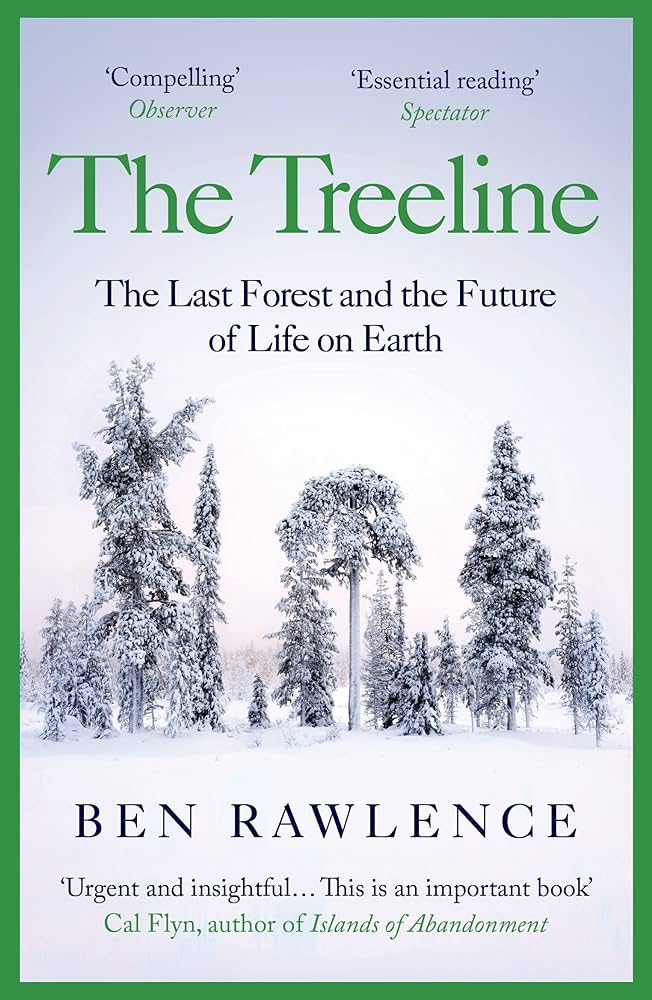
|
Ben RawlenceThe Treelinep. 27 |
In any carbon cycle, death is the engine of life.
Twisted pines grow in the most unlikely of cracks in the rocks. Dead trees, standing and fallen, are everywhere. This is the signature characteristic of wildwood - dead trees are allowed to rest where they fall. Dead trees support far more life than living ones, hence the density of bird life. Some species like tree pipits and redstarts associate only with old-grown forests because of the volume and species of insects. The great spooted woodpecker nests only in dead Scots pines. Even more niche, the pine hoverfly breeds exclusively in wet hollows of dead Scots pines. No wonder it is almost extinct in Scotland.
In any carbon cycle, death is the engine of life. When a tree dies, wood-boring beetles enter the sapwood and begin the process of decay. Then fungi enter the spaces along with wasps, spiders and other insects, and invite other fungi. And in the final stages, the humification phase, soil organisms convert the last of the wood molecule lignin to soil. The cycle is complete. Because of its high resin content, a mature Scots pine takes forty years to decay, releasing nitrogen slowly into the soil, feeding the grubs and bacteria that are bottom of the food chain for insects and birds.